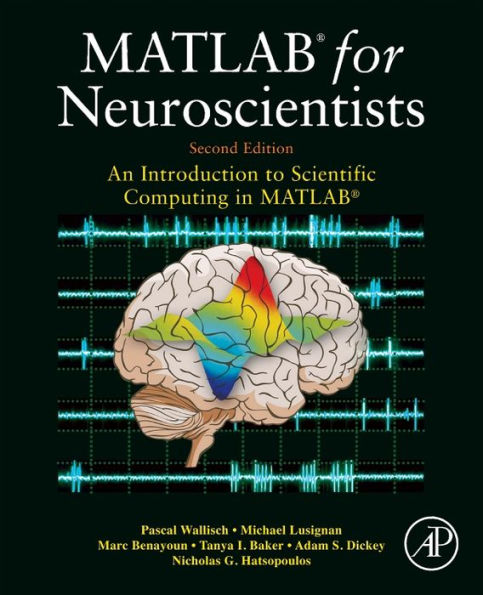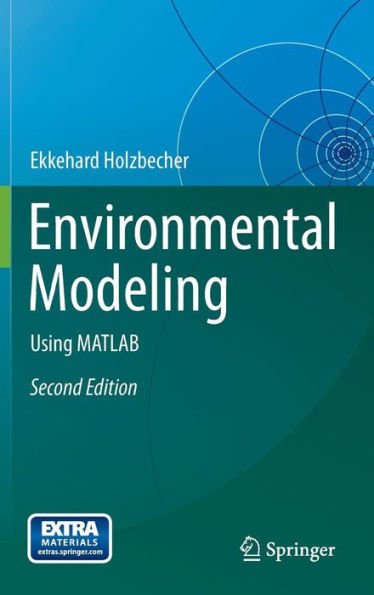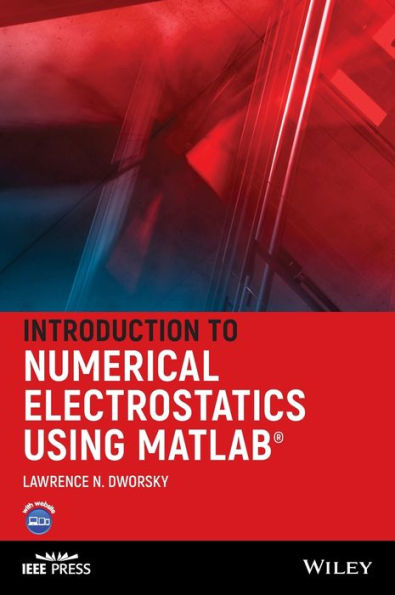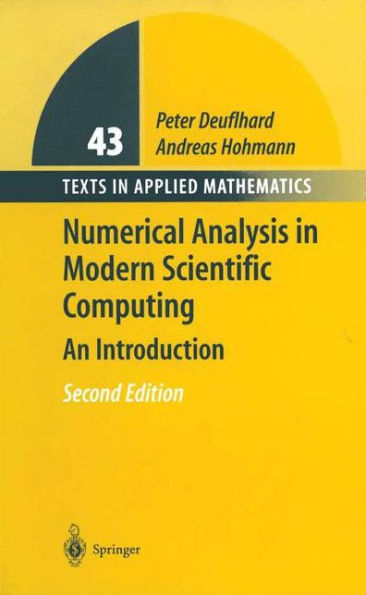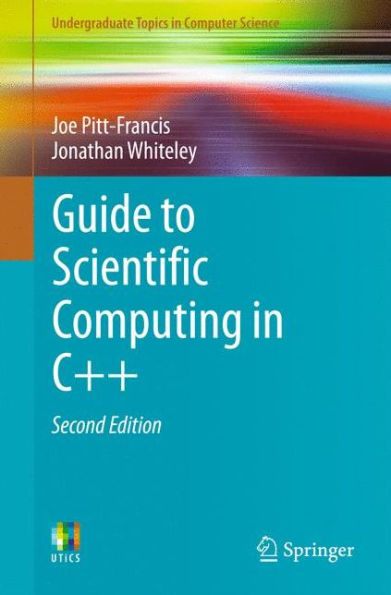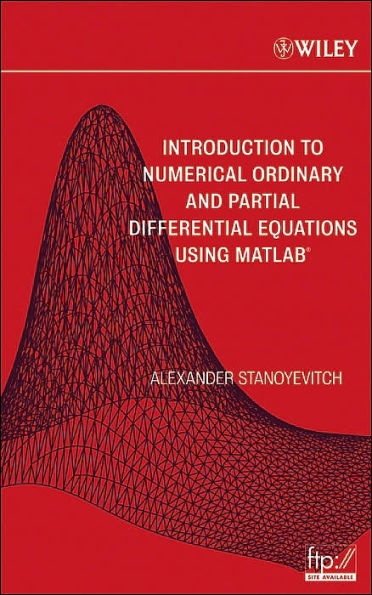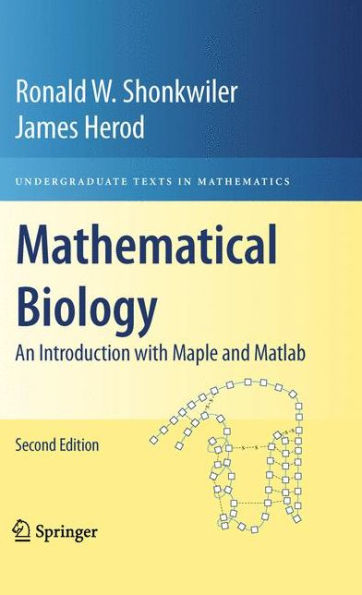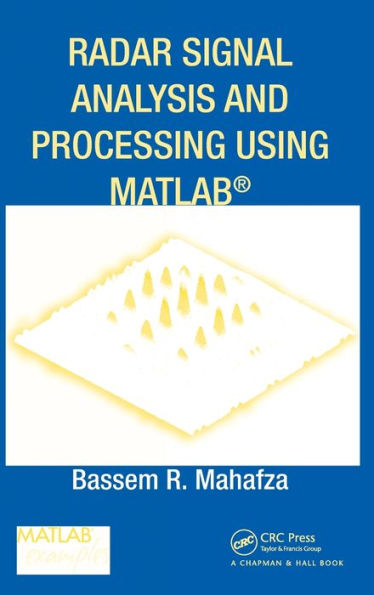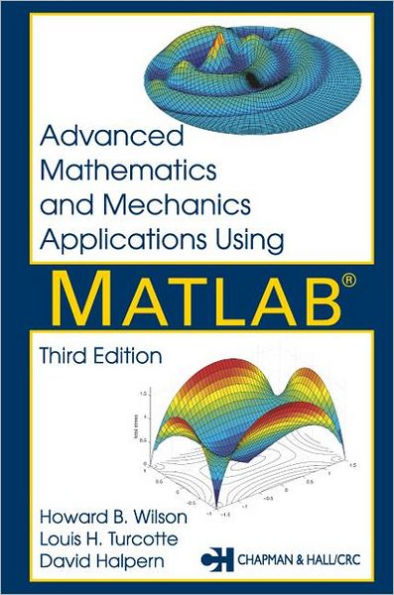Home
Introduction to Scientific Computing: A Matrix-Vector Approach Using MATLAB / Edition 2
Barnes and Noble
Introduction to Scientific Computing: A Matrix-Vector Approach Using MATLAB / Edition 2
Current price: $108.20
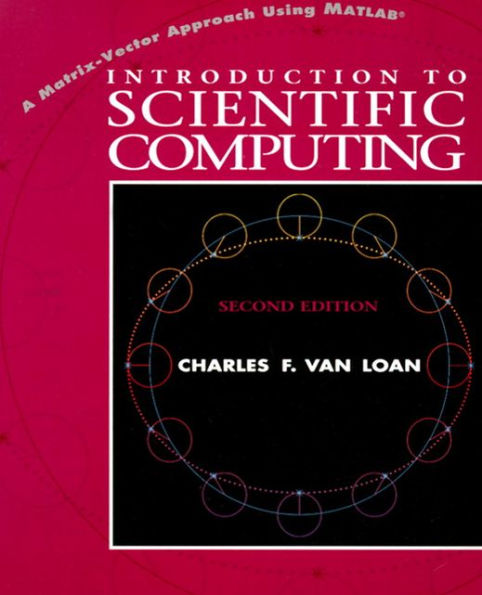

Barnes and Noble
Introduction to Scientific Computing: A Matrix-Vector Approach Using MATLAB / Edition 2
Current price: $108.20
Size: OS
Loading Inventory...
*Product information may vary - to confirm product availability, pricing, shipping and return information please contact Barnes and Noble
Unique in content and approach, this book covers all the topics that are usually covered in an introduction to scientific computing--but folds in graphics and matrix-vector manipulation in a way that gets readers to appreciate the
connection
between continuous mathematics and computing.
MATLAB 5
is used
throughout
to encourage experimentation, and each chapter focuses on a different important theorem--allowing readers to appreciate the rigorous side of scientific computing. In addition to standard topical coverage, each chapter includes 1) a sketch of a “hard” problem that involves ill-conditioning, high dimension, etc.; 2)at least one theorem with both a rigorous proof and a “proof by MATLAB” experiment to bolster intuition; 3)at least one recursive algorithm; and 4)at least one connection to a real-world application. The book revolves around examples that are packaged in 200+ M-files, which, collectively, communicate all the key mathematical ideas and an appreciation for the subtleties of numerical computing.
Power Tools of the Trade. Polynomial Interpolation. Piecewise Polynomial Interpolation. Numerical Integration. Matrix Computations. Linear Systems. The QR and Cholesky Factorizations. Nonlinear Equations and Optimization. The Initial Value Problem.
For engineers and mathematicians.
connection
between continuous mathematics and computing.
MATLAB 5
is used
throughout
to encourage experimentation, and each chapter focuses on a different important theorem--allowing readers to appreciate the rigorous side of scientific computing. In addition to standard topical coverage, each chapter includes 1) a sketch of a “hard” problem that involves ill-conditioning, high dimension, etc.; 2)at least one theorem with both a rigorous proof and a “proof by MATLAB” experiment to bolster intuition; 3)at least one recursive algorithm; and 4)at least one connection to a real-world application. The book revolves around examples that are packaged in 200+ M-files, which, collectively, communicate all the key mathematical ideas and an appreciation for the subtleties of numerical computing.
Power Tools of the Trade. Polynomial Interpolation. Piecewise Polynomial Interpolation. Numerical Integration. Matrix Computations. Linear Systems. The QR and Cholesky Factorizations. Nonlinear Equations and Optimization. The Initial Value Problem.
For engineers and mathematicians.
